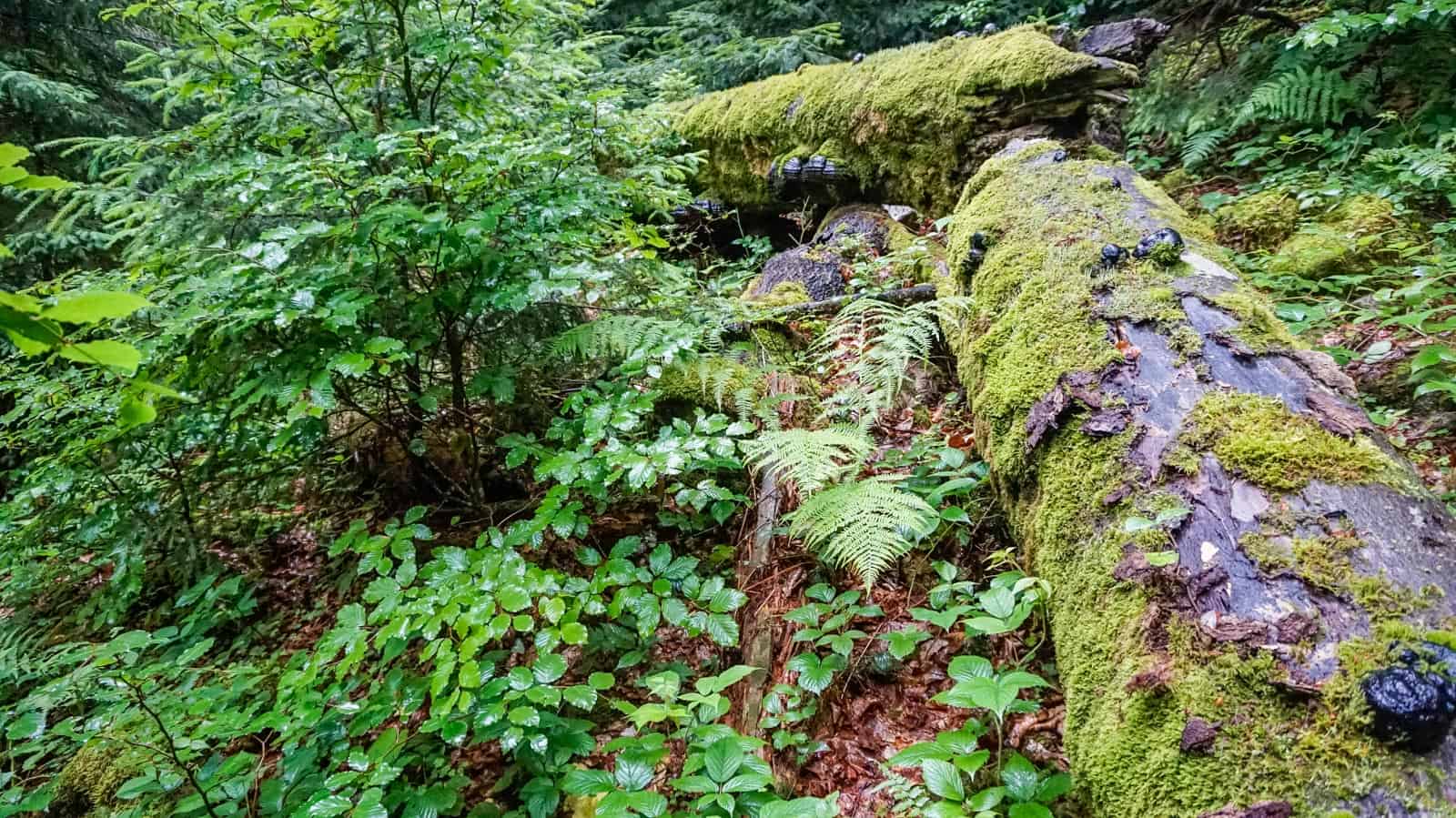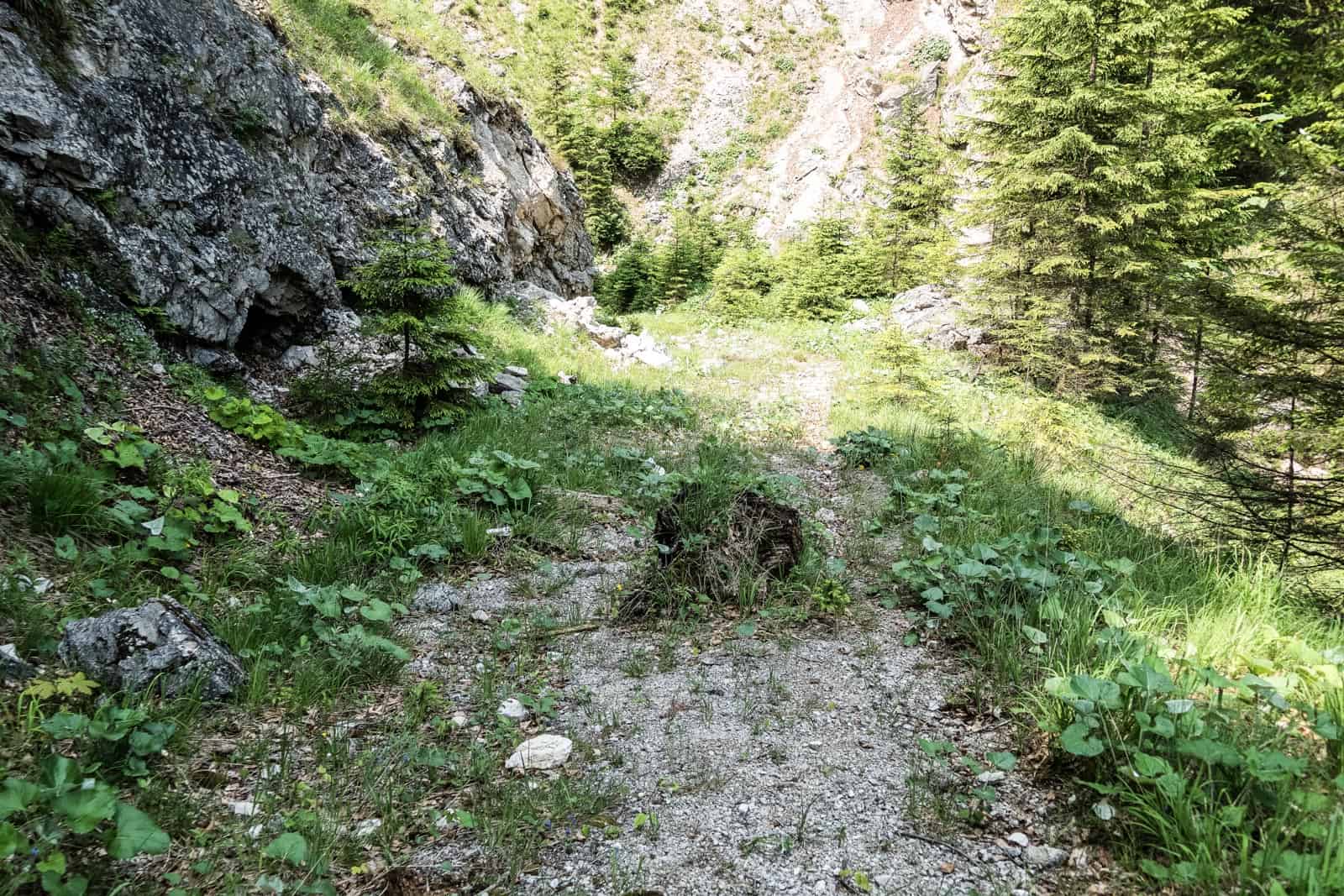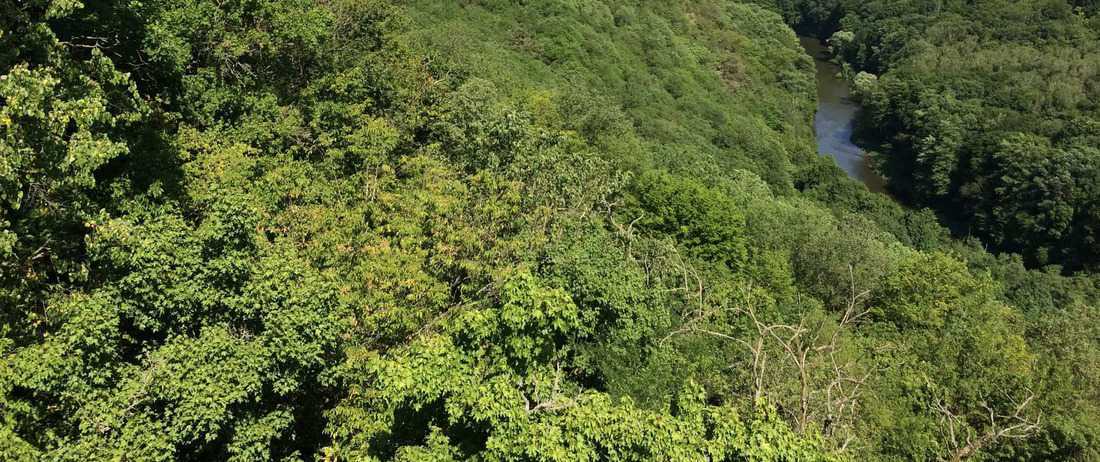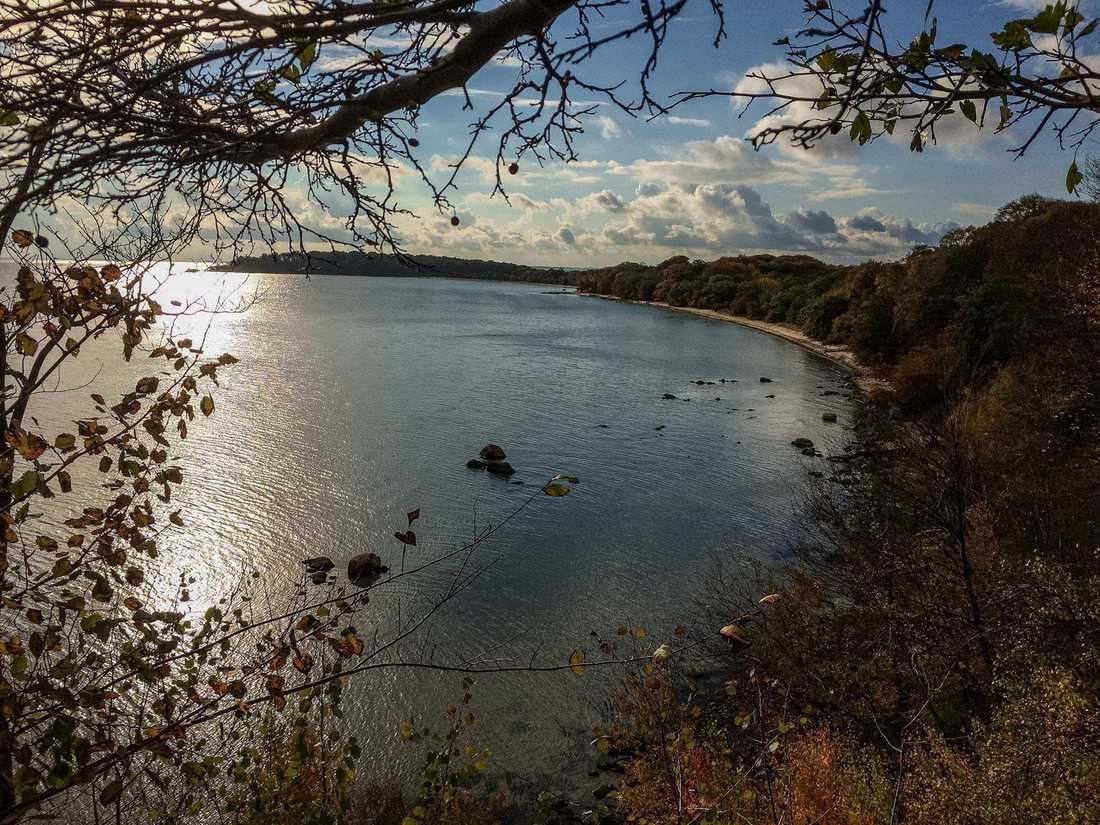What is Wilderness character?
What characterizes Wilderness? For those who care passionately about Wilderness, it seems that this question is an important part of their agenda Especially in the U.S., Wilderness character is an important topic, because the central role of the U.S. Wilderness Act is to preserve Wilderness character.
So let’s have a look what Wilderness character means in the U.S. and what it should mean in Europe (hypothetically).
Please also read: Challenge To Protect European Forests
Wilderness character in the U.S
Wilderness character as an issue arose in U.S. after the Wilderness Act was approved in 1964. The Act states that federal agencies, like the National park System, are responsible for preserving the wilderness character of wilderness areas. But this wording was considered not clear enough to implement the Wilderness Act. To fix this, some authors explored the historical writings of the framers of the Wilderness Act with a objective to develop a deeper understanding of the meanings of Wilderness character.
This exploration reveals three mutually reinforcing societal ideals that are integral to the historic purpose of Wilderness and to understanding Wilderness character:
- Natural environments that are relatively free from modern human impacts
- Personal experiences in natural environments that are relatively free from the encumbrances and signs of modern society
- Symbolic meanings and relationships that people and society have with Wilderness
As a result of this process, we might describe Wilderness character as the combination of biophysical, experiential, and symbolic ideals that distinguishes Wilderness from other lands. These ideals combine to form a complex and subtle set of relationships between the land, its management, and the meanings people associate with Wilderness.
This identification of three mutually reinforcing societal ideals led to the process of defining Wilderness. Based on that, four qualities of Wilderness character were identified.

Wilderness character in Europe
What this mea for Europe? There is no European equivalent of the Wilderness Act. There is no European Wilderness Directive. Individual European countries have very diverse legal systems to protect nature in quality standards similar to the Wilderness Act. Only in the last decade the European Wilderness definition was developed and gradually successfully implemented.
To start from this difficult basis, the initial approach was to collect experience through implementing Wilderness focused pilot projects. This period lasted twelve years and led up to the European Comission Conference on Wilderness and Large Natural Habitat Areas in 2009. This conference finally brought an agreement on the definition of European Wilderness.
The role of the European Wilderness Quality Standard
In 2010, one step closer to the subject of Wilderness character was done. This step was the very first version of the European Wilderness Quality Standard and Audit System. This step turned out to be crucial to reach coherence in Wilderness definitions in all European countries.
It also led to the setting up of the European Wilderness Network. This allowed not only to update European Wilderness Quality Standard and Audit System, but first of all to learn how to equally and fairly interpret and implement Wilderness all over Europe. With this experience gained, we were able to identify societal ideals that are integral to the European context of Wilderness. To better understand the European Wilderness character, we also looked at this subject through the prism of U.S. Wilderness character.
We found that we can similarly describe the European Wilderness character as the combination of biophysical, experiential, and symbolic ideals that distinguishes Wilderness from other lands.
In this context, identification of three mutually reinforcing societal ideals could become a reality also in Europe.






Lessons learnt
It seems that the process to protect Wilderness in the U.S and Europe arose through quite different ideas and processes. However, outcomes seem to be pretty compatible. Therefore, the common idea seems to be present on both sides of the ocean. That is to protect fragments of wild nature as a fundation of future recovery of the global ecological balance.
Nevertheless, there is still so much more to learn about Wilderness. More studies to clarify this subject are much needed.








